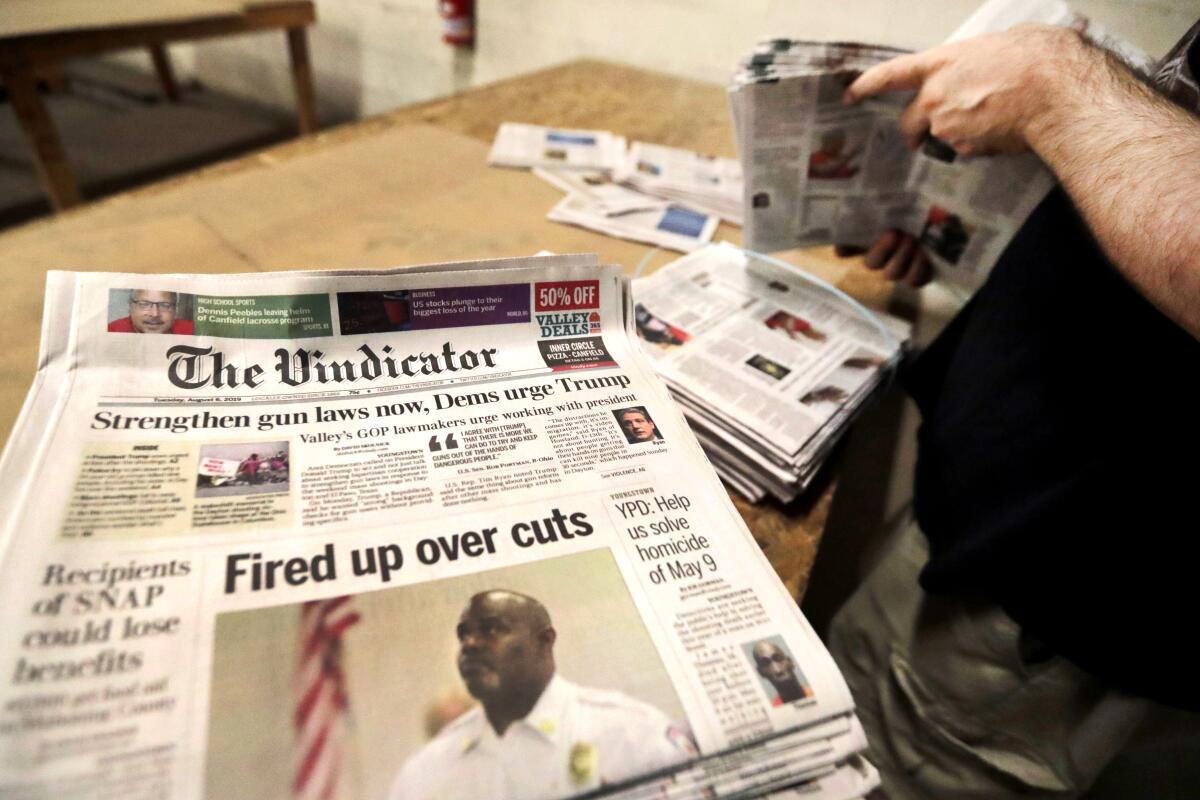The 8-Minute Rule for News Articles
The 8-Minute Rule for News Articles
Blog Article
The Definitive Guide for News Articles
Table of ContentsNews Articles - The FactsHow News Articles can Save You Time, Stress, and Money.All about News ArticlesTop Guidelines Of News ArticlesNews Articles Things To Know Before You Get This
Great understanding of various topics gives students a competitive side over their peers. Although electronic and social networks are conveniently accessible, we must not forget how important it is to review the newspapers. Parents must try and instill the practice of reading a paper as a day-to-day routine to continue the heritage of the adored print medium.Information tales also contain at least one of the following vital characteristics relative to the desired audience: distance, prominence, timeliness, human interest, anomaly, or consequence.
Within these restrictions, information tales also intend to be extensive. Various other aspects are entailed, some stylistic and some derived from the media form. Amongst the bigger and extra reputable newspapers, justness and equilibrium is a significant variable in providing information. Commentary is generally restricted to a different section, though each paper might have a different general slant.
Papers with an international audience, for instance, have a tendency to use a more formal style of creating. News Articles.; typical style overviews consist of the and the US Information Design Publication.
More About News Articles
As a guideline, journalists will certainly not use a long word when a brief one will certainly do. They utilize subject-verb-object building and construction and vibrant, active prose (see Grammar). They supply narratives, instances and allegories, and they rarely rely on generalizations or abstract concepts. News authors try to prevent using the exact same word greater than when in a paragraph (often called an "echo" or "word mirror").
Headings occasionally leave out the topic (e.g., "Leaps From Boat, Catches in Wheel") or verb (e.g., "Pet cat woman fortunate"). A subhead (likewise subhed, sub-headline, subheading, caption, deck or dek) can be either a subordinate title under the major headline, or the heading of a subsection of the article. It is a heading that comes before the main message, or a group of paragraphs of the main message.

Additional signboards of any of these types might appear later on in the post (specifically on succeeding pages) to entice more reading. Such billboards are also made use of as guidelines to the post in various other sections of the publication or website, or as advertisements for the item in other magazine or sites. Regular framework with title, lead paragraph (recap in bold), various other paragraphs (information) and get in touch with info.

Instance of a hard-lead paragraph NASA is suggesting an additional room project. The spending plan requests roughly $10 billion for the task.
The NASA announcement came as the company requested $10 billion of appropriations for the project. An "off-lead" is the second essential front page news of the day. The off-lead shows up either in the leading left edge, or directly below the lead on the. To "bury the lead" is to begin the short article with background information or details of additional value to the visitors, requiring them to learn more deeply right into a short article than they need to have to in order to uncover the necessary points.
What Does News Articles Do?
Usual use is that one or more sentences each create their very own paragraph. Journalists generally define the organization or framework of a newspaper article as an upside down pyramid. The essential and most fascinating elements of a tale are placed check at the beginning, with supporting information complying with in order of diminishing significance.
It enables individuals image source to check out a topic to only the deepness that their inquisitiveness takes them, and without the imposition of information or subtleties that they could think about irrelevant, yet still making that information readily available to much more interested readers. The inverted pyramid framework also enables posts to be cut to any kind of arbitrary size throughout design, to fit in the room offered.
Some writers begin their stories with the "1-2-3 lead", yet there are several kinds of lead available. A kicker can refer to several points: The last tale in the news program; a "pleased" tale to finish the show.
Longer articles, such as publication cover posts and the items that lead the within sections of a newspaper, are recognized as. Feature tales vary from straight news in numerous methods.
The Ultimate Guide To News Articles
A feature's very first paragraphs frequently associate a fascinating moment or event, as in an "anecdotal lead". From the details of a person or episode, its view rapidly broadens to generalities regarding the tale's subject.

The Editor's Tool kit: A Recommendation Guide for Beginners and Professionals (2001) Allan M. Siegal and William G. Connolly. The New York City Times Manual of Style and Usage: The Official Design Overview a knockout post Utilized by the Writers and Editors of the World's The majority of Authoritative Paper (2002) M. L. Stein, Susan Paterno, and R.
Report this page